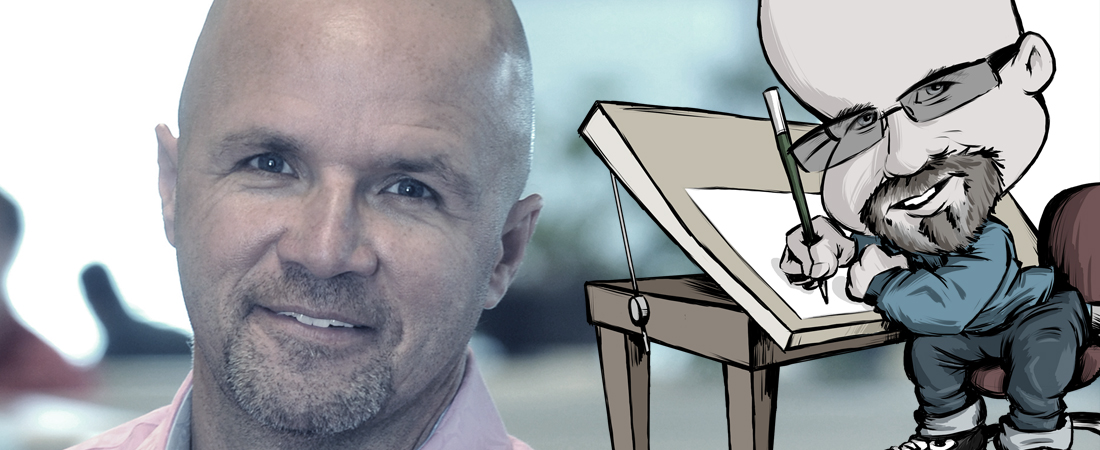
Creative And Quantitative
I am a technical marketing director with a broad mix of quantitative and creative skills ranging from digital design and animation to Six Sigma analytics, AI prompt engineering, AI agent development, and quantum algorithm simulation.
As a technical marketing consultant with The Hartsema Group, I have used this skill set to assist clients with digital content development and distribution, web framework development, CMS management, and many other technical projects. Most recently, I have been focused on developing more efficient AI prompts and agents on classical systems while experimenting with test scripts on quantum systems.
While CMO of Charlotte Metro Credit Union, I created an in-house agency and rebranded the Credit Union for entry into an increased digital presence.
Prior to my marketing career, I was an editorial cartoonist and illustrator for The Charlotte Observer and The Gaston Gazette where I also wrote occasional editorial features. I was trained in AP style but can adapt to other conventions as necessary.
Creative Background
I began my creative career as an illustrator and cartoonist for my local paper while working my way through college in the operations center at Wachovia Bank. I took a leave of absence from The Bank and immersed myself in learning as much as I could about layout and design from the creative professionals in the newspaper industry. One in particular was a lady named Sally Griffin. She had spent many years in the advertising industry and was one of the smartest people I would ever meet. From her I learned the value of marrying type to visual imagery for effective communication of ideas. And the universal necessity of white space.
Later, I returned to Wachovia and became a regular contributor to The Charlotte Observer for the next several years. worked as an editorial cartoonist and put my creative skills to work by establishing in-house agencies at banks and credit unions. Most recently I've been involved in marketing research and creating voice of customer feedback channels with The Hartsema Group.
Infographic Profile
Above is a link to my infographic profile with a couple of visuals that better explain my general professional background. There's a Skills Distribution chart which shows how my professional acumen is distributed, an Adobe Professional Software Usage graph which shows my competency in the Adobe packages I use most often, and coming soon I'll have a visualization of my Emotional Intelligence (EQ) from an assessment that was provided by Six Seconds North America.
Adobe Software: The Road To Master User?
As an undergraduate student, I was invited to make a presentation to the professors of my University's philosophy department which included some of the smartest people I would ever know. When I took the floor I rather apologetically said that, as a teaching assistant, I was only a student of philosophy and was privileged just to be included in their forum. I was interrupted by the head of our department, Dr. Toenjes, who said "Nathan, we are all students of philosophy." It was a lesson I never forgot: that the smartest people I know refused to call themselves masters of their subject material.
Adobe's Creative Cloud is still the gold standard of design and publishing software and will likely continue to be for some time to come. The dizzying array of menu options and parameters for just a single package would take months to learn much less master, and you can get some serious creative work done with a good understanding of just a few of them. I have worked sparingly for many years in some Adobe programs and worked intently for shorter periods of time in others, and I always feel that I have something more to learn. So I don't strive to become a master of any software, I'd rather be a good student.
EQ Assessment
Emotional Intelligence or EQ is emerging as a key assessment tool in the science of understanding interpersonal relationships between people and teams. Human beings are extraordinarily complex creatures with a broad operational (and dynamic) range of emotional conditions. Understanding your own tendencies as well as those you interact with is a key to successful teamwork.
We recently participated in an EQ assessment through Six Seconds North America that provided tremendous insight into each of our operational tendencies and noble goals.